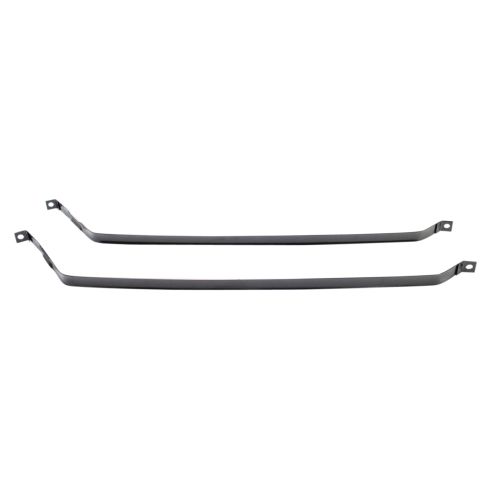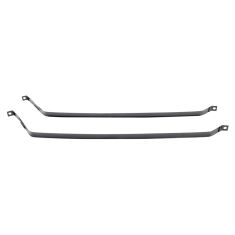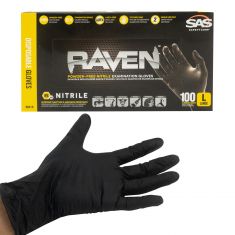1AFTS00069-Chevrolet Buick Pontiac Olds Fuel Tank Strap 2 Piece Set TRQ FSA07874

Replaces
Chevrolet Buick Pontiac Olds Fuel Tank Strap 2 Piece Set TRQ FSA07874

Frequently bought together
Product Reviews
Loading reviews
There are no reviews for this item.
Customer Q&A
Do these come with the bolts?
April 13, 2021
10
Hello, this part comes exactly as pictured. It does not include any hardware.
April 14, 2021
Ricale A










